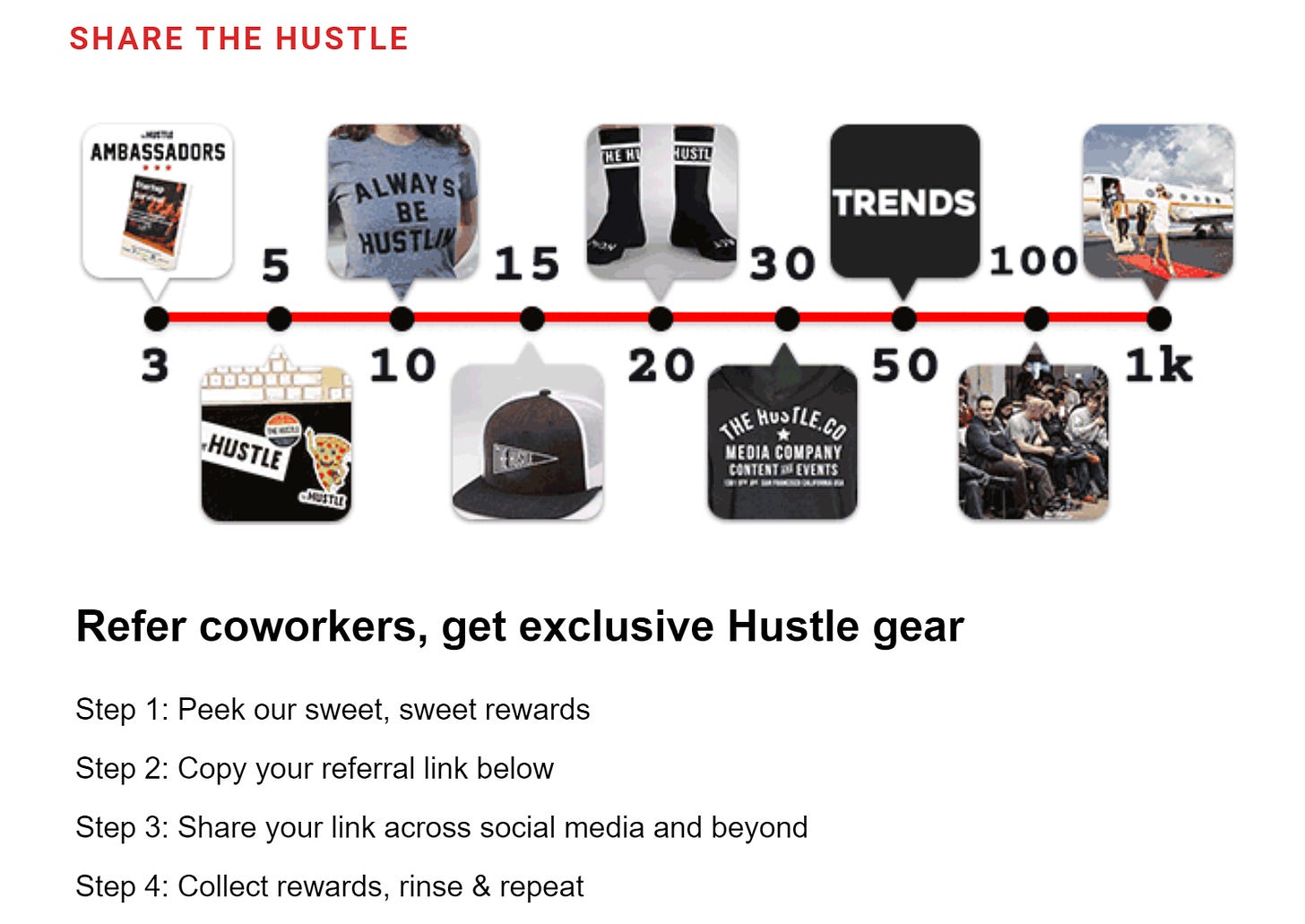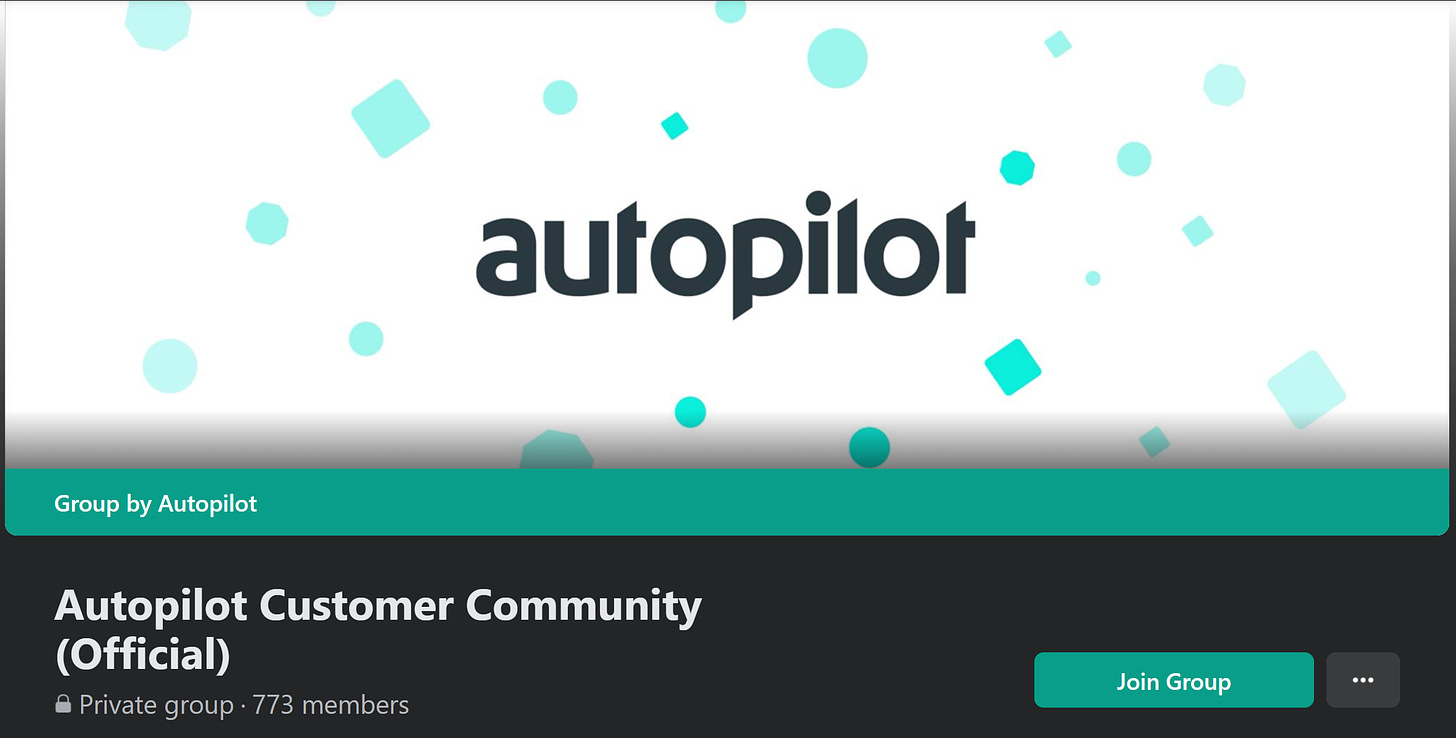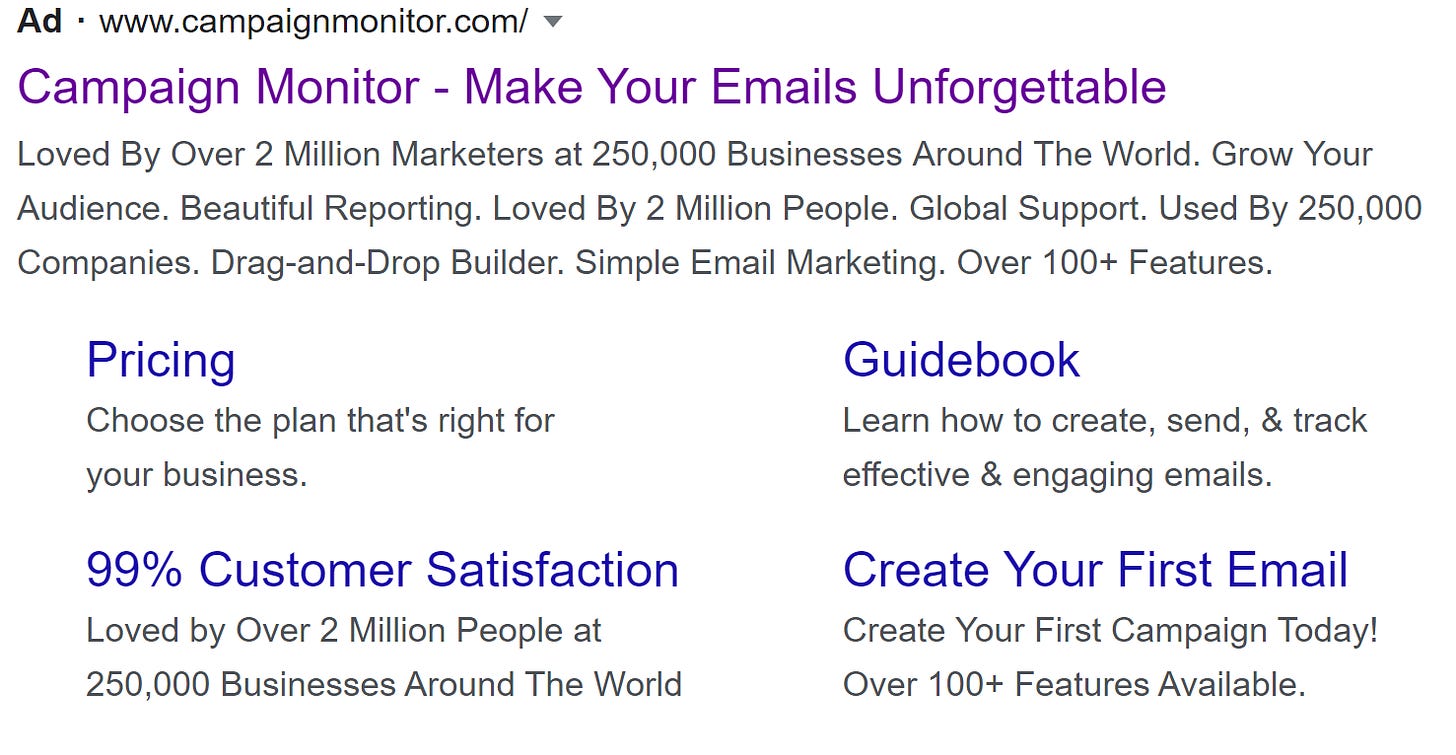Oh boy, get ready for a big one this week. I’ll be breaking down marketing strategies at $10, $100, $1,000, and $10,000 per month with examples of SaaS businesses (Aussie where possible) in those price ranges, and a few friends along the way will be helping out.
Not into this topic? Skip to the bottom to find cool things from the internet this week + my answer to “how do I prioritise my work?”
What does a B2B SaaS marketing strategy look like at…
$10/month? (E.g. Notion $5, Jira $14, Deputy $3, Enboarder $14)
Let’s set some context first, at this point you probably don’t have a huge budget, you need a LOT of customers to cover your costs, and you need those customers ASAP.
Your price point is a low barrier to entry, so as long as you have a decent product, what’s really going to get you over the line is how you pitch your customer support, community, and responsiveness. You can play off “I’ll give this a try since it’s only $10”, and then win them over with above and beyond service (and regular product updates) to prevent churn.
In saying that, where should you spend your marketing time/budget? Surprisingly, at the lower price range you actually need to spread yourself pretty thin to get as wide a top of funnel as possible. This changes as your price point increases, as your market size becomes smaller and your audience are found in much more targeted locations.1. Build community - be active in FB groups, Twitter, forums, and subreddits where your product is relevant. Make sure you observe any self-promo and spam rules.
2. Content - lots of how-tos, and showing where your product is useful.
Joan Westenberg, Content Director at Linktree ($6/month), says “We are heavily focused on content. It’s the lifeblood of our users and our community, as content creators on social platforms, and we want to be a part of that experience. We have a goal of elevating the content we produce and making every piece work with copy, concept and design to communicate the Linktree tone.”
3. Word of mouth/referrals/shareability - a huge factor in building communities is a sense of phsyicality. People are way more likely to sign up to your product if you meet them in person and ask them to do it. How do you replicate this experience online? Build merch into your referral systems. The Hustle is a great example of this.
At the end of every email is their referral system, with merch rewards.
Linktree also are a great example of shareability - every user of Linktree is another form of advertising as their user profiles show the Linktree platform in use.
4. Search ads - Google (search + display network) and Bing (great for corporate leads) work really well if you’re solving a problem people are searching for. SEO is another avenue for this, but it takes a long time to build out, so you can use ads to speed up the process.
$100/month? (E.g. Meet Edgar $50, autopilot $250, Skyciv $79, Qwilr $490USD, Agriwebb $400)

autopilot run a community group on Facebook
The price jump from $10-100 is a lot for a consumer, but in terms of marketing, not too much changes. Have strategies for community, content, search & display, and then add
1. Social media ads - don’t discount the B2B leads you can get through FB and insta, try all channels.
2. Time to start adding PR, including speaking opportunities where possible. Both in your niche, and with wider audiences to start building authority.
3. Nurture - you really need to nail your email strategy for nurturing leads down your sales funnel, and re-warming/recycling leads who weren’t ready to buy when you were speaking to them, but are worth keeping in touch with.
4. Invest in case studies to use as marketing materials, get a variety of formats including quotes, full PDFs, and videos.
5. Word of mouth and referrals. The viral style of Linktree is unlikely to work as well in this price point (especially if you are not using the freemium model), so focus on the word of mouth and build a stronger referral system that offers product discounts or cash rather than merch.
Emma Grabowski offers social media and virtual assistant services ($100-500/month), and uses Airtasker as a lead magnet. “In terms of our marketing strategy we actually find Airtasker is a great way to bring in clients for repeat business, we also receive a lot of word of mouth referrals.” The Airtasker profiles are themselves another channel for marketing, and these customers are then converted into monthly recurring customers.
$1,000/month (E.g. Campaign Monitor $1,249)
Starting to get serious here, especially if this is per user per month. This price will more likely be in enterprise level agreements, or services such as agencies which are generally negotiated by the sales team.
If you’re on the Campaign Monitor team, your Google ads copy needs a clean up 🙊
1. Really focus on industry publications, getting paid placements in newsletters, and sponsored content.
2. PR and speaking - put a lot into thought leadership to justify your price.
3. Invest in your sales assets & marketing materials - videos, ad creatives, PDFs, customer case studies, you’d be surprised how much time and budget will go into creating highly polished marketing materials. At this price point, you can’t afford to have sloppy design.
4. While we’re here, you should really evalute the level and quality of your branding overall, email signatures, logos, colours, website, whether you have documentation for all of this etc. Here’s a presentation I’ve done on branding before.Got a question about branding?
5.Events - from attending and holding a stall at conferences, to hosting your own webinars, Q&As, hosting or presenting at meetups, start increasing ways for people to interact with you.
$10,000/month (E.g. Checkbox.ai $14k+ for enterprise licence)
We’re really getting up there in price, but this means your marketing needs to be really smooth.
1. ABM - AKA, Account Based Marketing. This is targeting accounts you want to win and singling them out for specific marketing materials. What it looks like in practice is very different depending on product.
2. Conferences - except, you should be hosting them. Think Salesforce Dreamforce, but all about you.
3. OOH - AKA, Out Of Home marketing. Bus stops, radio ads, billboards, anything that’s outside your home/personal device.
4. Paid media - this slots into PR, but you have to pay for it. This is feature articles or ads in newspapers etc. Depends on your niche.
5. Whitepapers and original research - there’s nothing better than cold hard data. Engaging a research agency to get you some tangentially relevant survey data is incredibly useful as whenever a relevant topic comes up, journalists and outlets will reference your data, and you don’t have to keep pitching it to keep it relevant!
Phew. That’s done. Want me to hone in on something mentioned above? Let me know via:
Things from around the internet
Take a deep breath after all that and let’s move on with a much lighter theme.
This week I found myself referencing the incredible knowledge and wisdom found in the Australian Community Managers group - the people there are extremely passionate about community management and can answer all your questions around digital and physical communities.

Herman Miller, the furniture company responsible for the iconic Eames chair (above), put out a WFH ergonomic workstation setup quiz. Useful to do, and an amazing example of branded content that goes beyond your usual audience. Bonus: here’s an imgur album from a redditor who DIY’d his kid an Eames chair.
And here is an article from The Atlantic around chasing success v chasing happiness.
Ask Mehdeeka
Q: How do I prioritise my work?
A: It is really hard to know what you should be focused on… when you’re focused on everything. I myself struggle with the balance between work that ‘moves the needle’, and maintenence work that just needs to be done.
If you’ve got a boss of some sort, I’ve found it really helpful to sit down with them and straight out ask “what do YOU want me to work on?” Often in startups, the person managing the marketer is not necessarily a marketer themselves, and they don’t know all the little details of everything we do.
Once you’ve got the list of things they want, you can share your list of things that you feel are necessary to be done (like cleaning out troll Facebook comments), and start to compromise and find a happy medium between your wants and your manager’s wants.
If you’re a founder and you’re asking this question for yourself, you’re in an even trickier situation because you’re balancing marketing with literally everything else. In this situation, you need to ask yourself “how high is marketing on my priority list?” If you believe in it and see the value in it, you’ll make time and budget for it. Within this you need to ask yourself “where is my time and budget best spent?”, “what channels and strategies will give me the fastest ROI?”, and “how do I balance long and short term payoffs?”
If not, outsource it.
And like all things in startups and tech, it’ll take a few iterations, so just keep giving it another crack.



